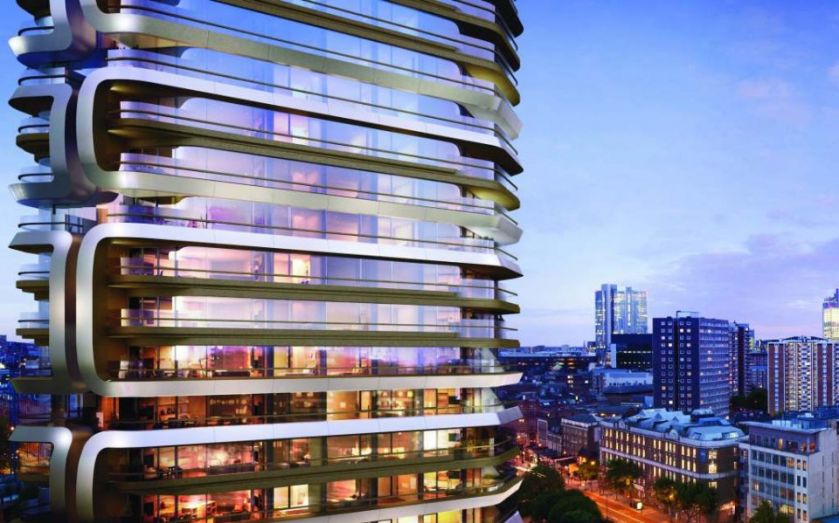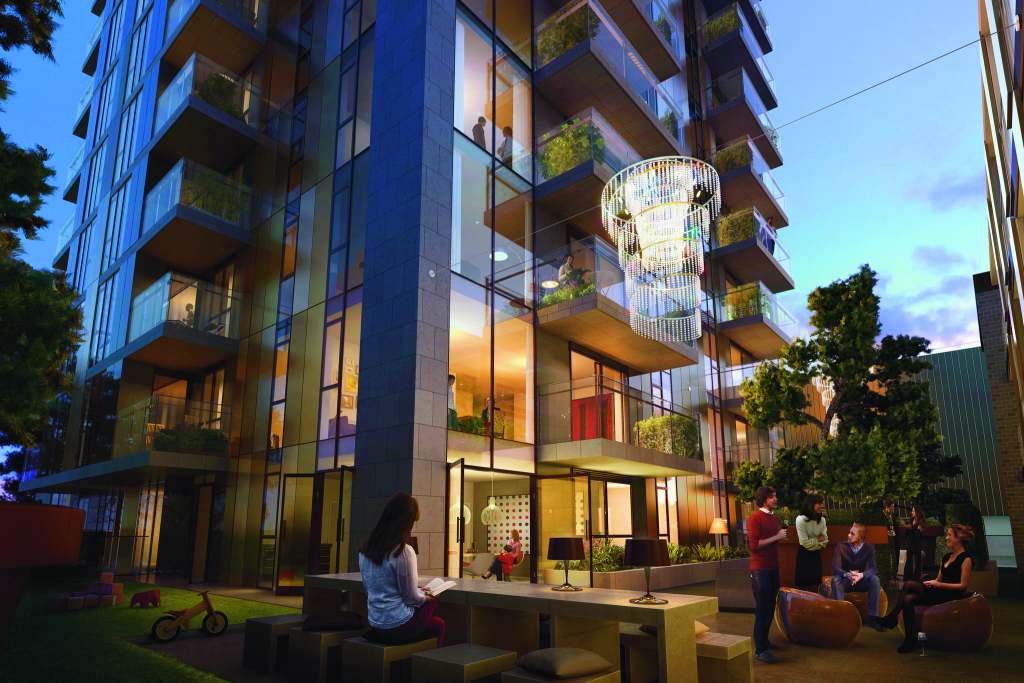Communities in the sky: Architects are embracing a very capitalist utopian dream


Designs for the Scotts Tower in Singapore, by Dutch architects UNStudio, which incorporates placemaking features such as a roof-terrace and communal swimming pool

Architect Ben van Berkel, founder of UNStudio, which also designed the Canaletto Building on City Road

The Mumuth music and theatre venue in Graz, Austria, one of the social spaces created by UNStudio

A residents’ cinema screen, which will be installed at the Canaletto building on City Road

A CGI of a “reading garden” at the new Elephant & Castle development

A public space at the in-development Nine Elms project in Battersea